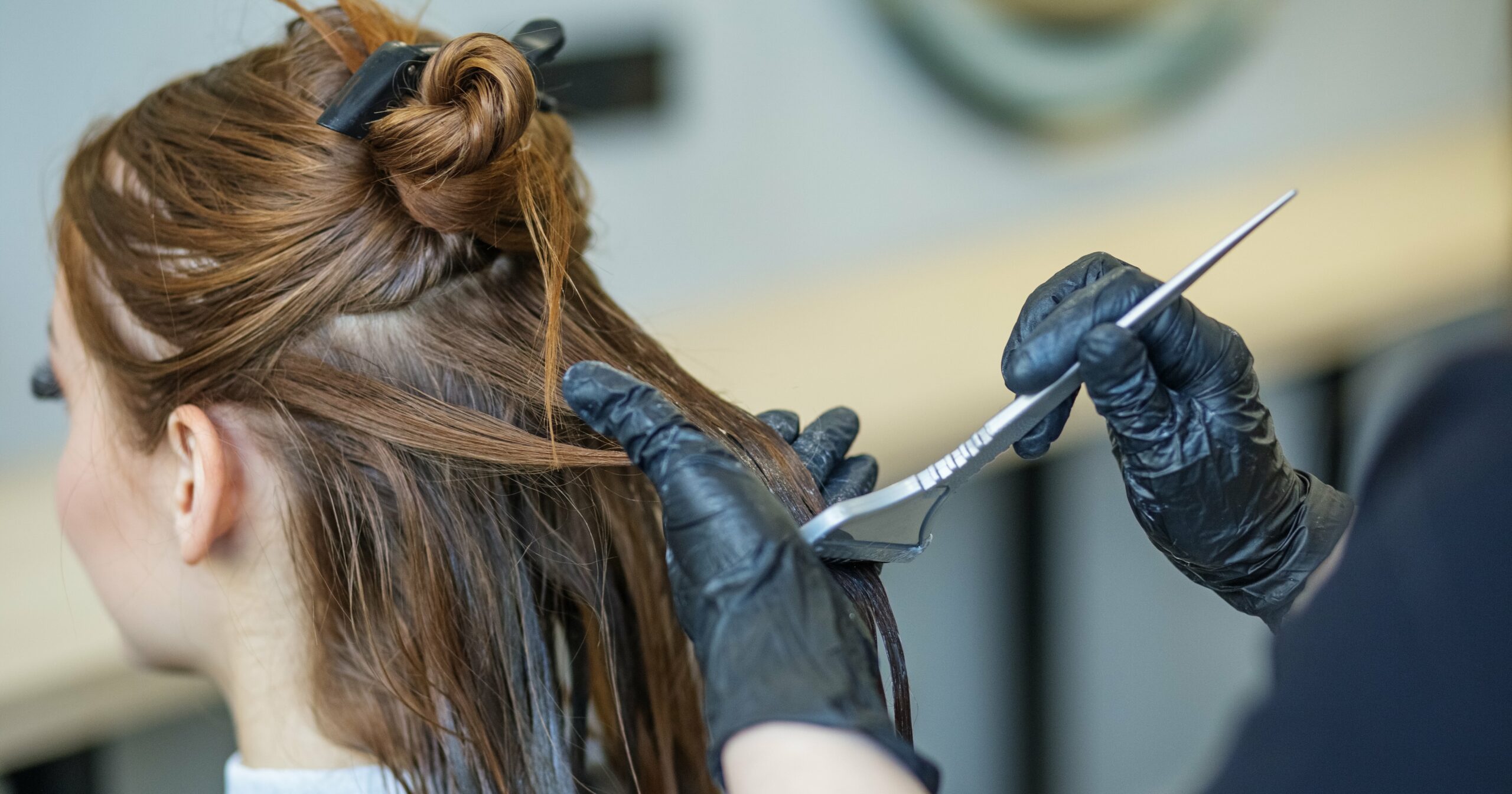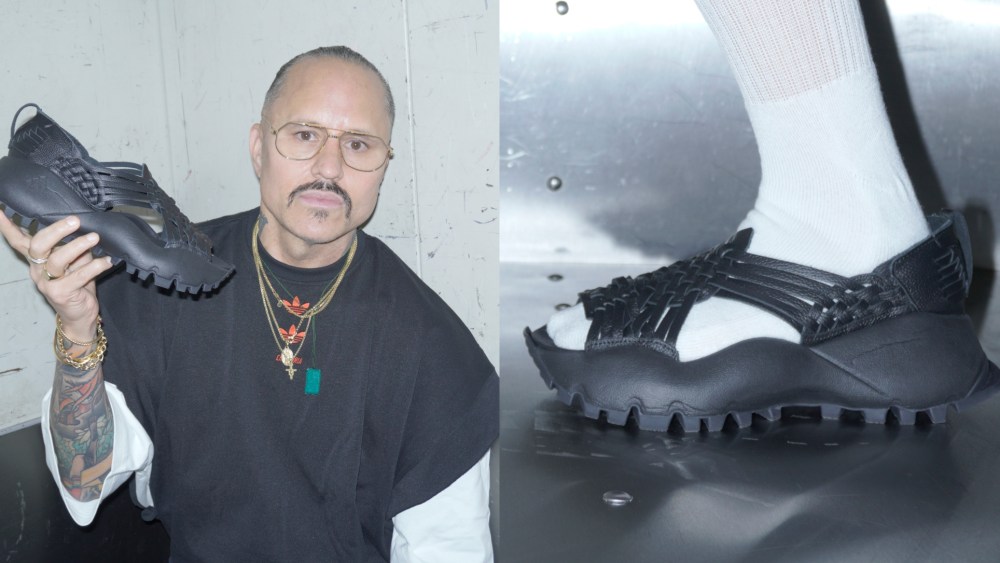When it comes to the hair salon, the numerous services available and the terms that come along with them can be a bit confusing for those non-professionals. Two terms in particular that may be hard to differentiate are single-process color vs. double-process color.
However, once you learn about these two different types of color treatments, their names make total sense. With the extra knowledge, it will be easier to understand exactly what you’re getting done to your hair – and it can help you avoid getting something done that you’ll end up regretting. You may even impress your hairstylist or colorist by being on top of the salon lingo.
Ahead, hair experts explain what single and double-process color is, the difference between the two options, and how to know which one you should get.
Experts Featured in This Article
Dave Stanwell is a celebrity hairstylist and grooming expert.
Beau Dieda is a hair colorist and extensions specialist.
Lorena M. Valdes is a hair colorist at Maxine Salon in Chicago.
What Is Single-Process Color?
Simply put, a single process color is for basic coloring maintenance and touching up roots. “It’s perfect for someone who wants to add color to their hair in a simple way,” hairstylist Dave Stanwell tells PS.
A single-process color involves applying one color to the hair in a single step. The application of this process entails the hair being colored with one formula from root to tip. “This can be done for a variety of reasons, such as covering gray hair, changing the natural hair color, or enhancing the existing color,” hairstylist Beau Dieda says.
Dieda says this method is typically faster and more straightforward, and will often take about 30 to 45 minutes for application and processing. The results are a more “uniform hair color, whether it’s a natural-looking shade or a bold, fashion-forward color,” he explains.
What Is Double-Process Color?
Double-process color is ideal for someone who wants to bleach their hair and is looking for a complete color change. This involves two separate steps to achieve the final color. Stanwell will use double process color on a client who wants a total transformation. For example, recently he took a client from brunette to blond. “I had to cleanse and lift the darker color up to the desired shade, rinse, and then start the second color process to get the hair to the blonde it needed,” he says. When going in to completely change the color of your hair, colorist Lorena M. Valdes says to allow ample time to get your desired outcome.
“The first step usually involves lightening or bleaching the hair to remove the natural color,” Dieda says. “The second step involves applying the desired color to toner over the pre-lightened hair.” Double-process color is more complex and time-consuming. “The initial process can take from 30 minutes to an hour, depending on the hair’s starting color and condition,” he says. “The second step of coloring or toning can take an additional 30 to 45 minutes.”
This process is typically used for more dramatic changes, such as going from dark hair to platinum blond, or when you want to achieve a vibrant, pastel shade. “It allows for more precise control over the final color, especially when aiming for a very light or bright outcome,” Dieda says.
The Difference Between Single vs. Double-Process Color
Single-process color and double-process color are two completely different services that your colorist or hairstylist may do. They involve different techniques to achieve the desired hair color. “Single processes usually only use hair color while double processes usually imply the use of bleach,” Valdes says.
“The main difference lies in the number of steps and the complexity involved. Single-process color is straightforward and involves applying one color in a single step,” Dieda says. “While double-process color requires first lightening the hair before applying the final color, allowing for more significant color changes and precision.”
Which Option Is Right For You?
If you’re not sure whether single or double-process color is best for you, it’s best to ask your stylist or colorist. Valdes suggests booking a constitution at your salon and having inspirational pictures ready to look at. This will help you, along with their professional knowledge, decide which one will work best for you.
Sydney Wingfield has been a freelance writer in the beauty and wellness space for six years. She has written for Women’s Health, Marie Claire, Glamour, and other publications and loves to cover all things skin care, makeup, and hair.



